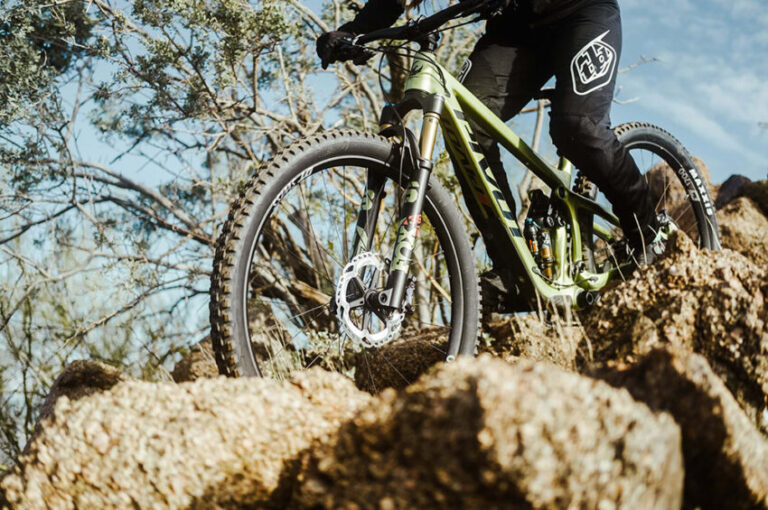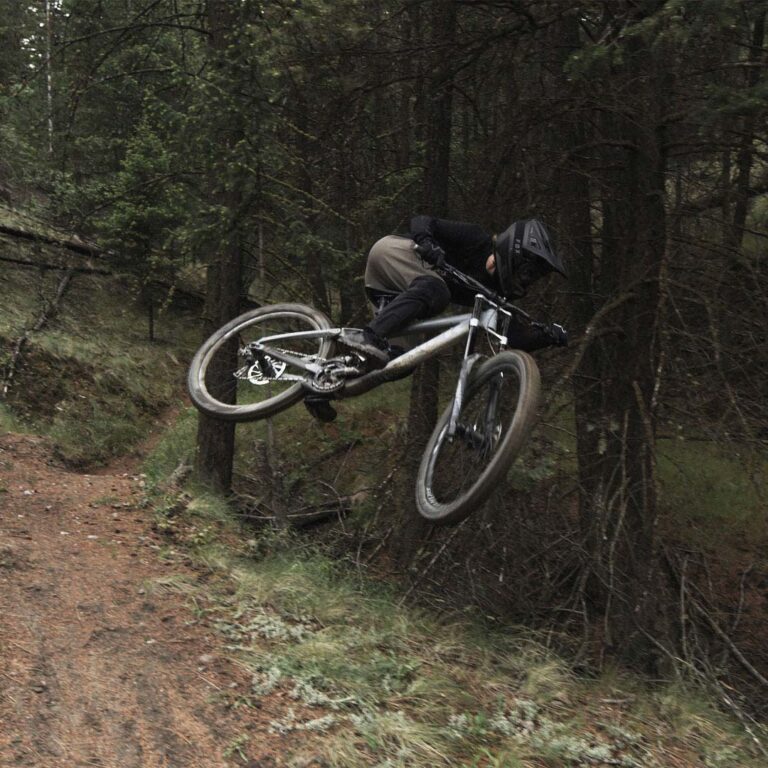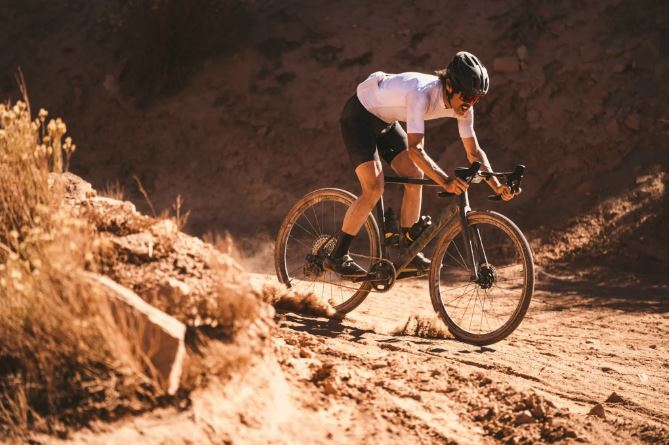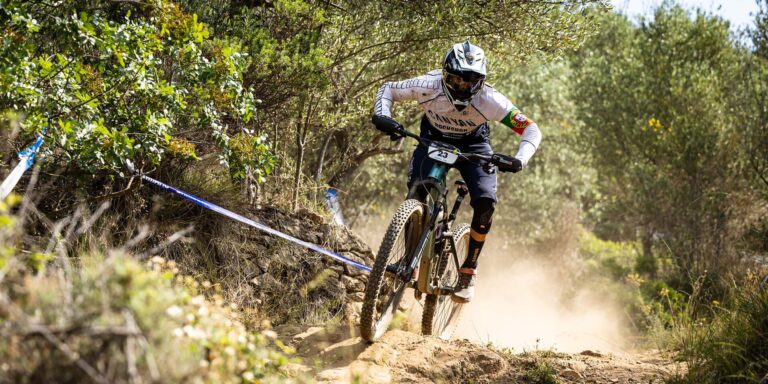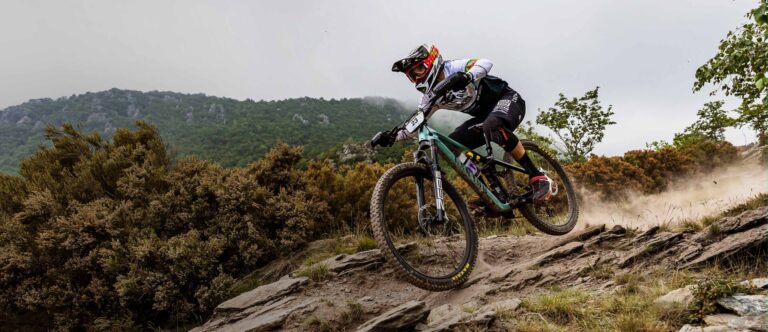How to Choose Trail Bike Pedals: Insights from a Masters Cyclist
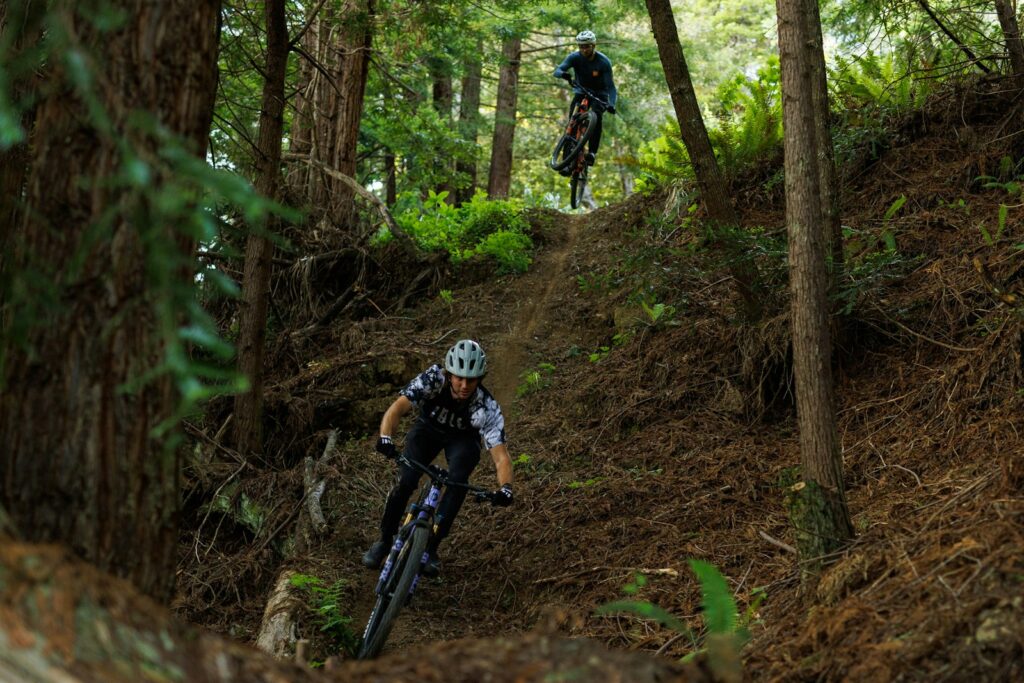
Key Point Summary of How to Choose Trail Bike Pedals:
- Pedal Types: Understanding the difference between flat and clipless pedals is crucial.
- Riding Style: Your choice should reflect your riding style and comfort level.
- Shoe Compatibility: Ensure your shoes and pedals are compatible, especially if you choose clipless.
- Adjustability and Maintenance: Look for pedals that offer ease of maintenance and adjustability.
The connection between you and your bike is critical, and nowhere is this more tangible than in the choice of pedals. Pedals are the main contact point that directly influences your control, efficiency, and confidence on the trail. Let’s dive into how you can make an informed decision between flat and clipless pedals, tailor your choice to your riding style, and ultimately enhance your trail riding experience.
Flat vs. Clipless Pedals
The debate between flat and clipless pedals is as old as the sport itself. Both have their advantages and cater to different preferences and riding styles.
Flat Pedals are favored by many for their simplicity and the freedom they offer. You can quickly place your foot on the pedal without worrying about engagement mechanisms, making them ideal for technical trails where you might need to put a foot down quickly. They also encourage proper technique, as you can’t rely on being clipped in to pull up on the pedals.
Clipless Pedals, despite their name, actually involve clipping your shoe to the pedal. This connection can dramatically improve pedaling efficiency by allowing you to pull up as well as push down. They’re favored by riders looking to maximize power transfer, especially on climbs and sprints. The downside? They can be intimidating for beginners due to the fear of not being able to unclip quickly in a fall.
Consider Your Riding Style
Your choice between flat and clipless pedals should reflect your riding style and where you are in your mountain biking journey. If you’re new to the sport, flats might be a safer and more comfortable starting point, giving you the freedom to bail out easily. As you gain confidence and skills, you might find that clipless pedals offer the performance benefits you’re looking for, especially if you’re moving towards more aggressive riding or racing.

Shoe Compatibility
An often-overlooked aspect of pedal selection is shoe compatibility. This is particularly important for clipless pedals, as the cleat system must match your shoes. Ensure that the shoes you have (or plan to buy) are compatible with your pedal choice. Flat pedals are more forgiving, but specific flat pedal shoes offer better grip and comfort than standard sneakers.
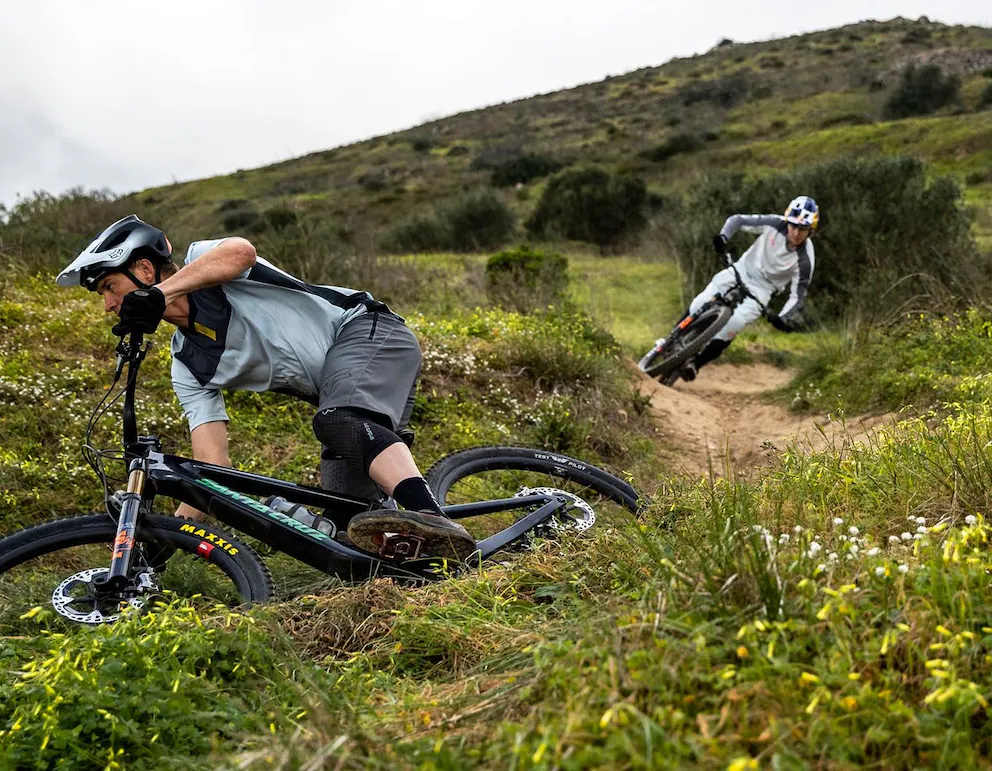
Adjustability and Maintenance
Look for pedals that offer adjustability, especially clipless models where you can fine-tune the release tension to your liking. This can make a big difference in how confident you feel on the bike. Maintenance is another consideration; some pedals are easier to service and rebuild than others, which can be a boon if you ride in muddy or wet conditions often.
Wrapping It Up
Choosing the right pedals for your trail bike is a decision that can significantly impact your riding experience. Whether you opt for the simplicity and control of flat pedals or the efficiency and power of clipless pedals, the most important thing is that your choice supports your riding style, skills, and goals on the trail. As you progress in your mountain biking journey, don’t be afraid to revisit your pedal choice; what works for you now may change as you evolve as a rider.
Choosing the right pedals for your trail bike is a decision that can significantly impact your riding experience. Whether you opt for the simplicity and control of flat pedals or the efficiency and power of clipless pedals, the most important thing is that your choice supports your riding style, skills, and goals on the trail. As you progress in your mountain biking journey, don’t be afraid to revisit your pedal choice; what works for you now may change as you evolve as a rider.

For those just starting or looking to maximize their control on technical trails, I recommend beginning with a quality set of flat pedals, such as the Race Face Chester. These offer excellent grip and durability without breaking the bank. As your skills and confidence grow, especially if you find yourself leaning towards longer rides or racing, exploring clipless options like the Shimano XT M8100 can offer improved efficiency and power transfer. Remember, the key is to choose pedals that enhance your connection with the bike and your comfort on the trail.

FAQ
How do I choose a mountain bike pedal?
Consider your riding style (aggressive trail riding, cross-country, downhill), experience level (beginner might prefer flat pedals for easy dismounts), and compatibility with your shoes (especially for clipless pedals). Flat pedals are great for learning and technical riding, while clipless pedals can offer better pedaling efficiency and control for experienced riders.
How do I know what bike pedals to buy?
Assess your comfort and confidence levels with being attached to your bike, as this will guide you between flat and clipless options. Look at the type of riding you do most often and consider pedal and shoe compatibility. Also, factor in the terrain you ride on—rough, technical trails may benefit from the easy foot release of flat pedals, while smoother trails or racing might see advantages with clipless.
What type of pedals are best for mountain biking?
There’s no one-size-fits-all answer, as the best pedals depend on personal preference, riding style, and terrain. Flat pedals offer versatility and are often recommended for beginners for their ease of use and safety. Clipless pedals, preferred by many experienced riders, provide enhanced pedaling efficiency and bike control, especially on climbs and smooth trails.
Happy trails, and may your pedal choice lead you to many memorable rides!
John

